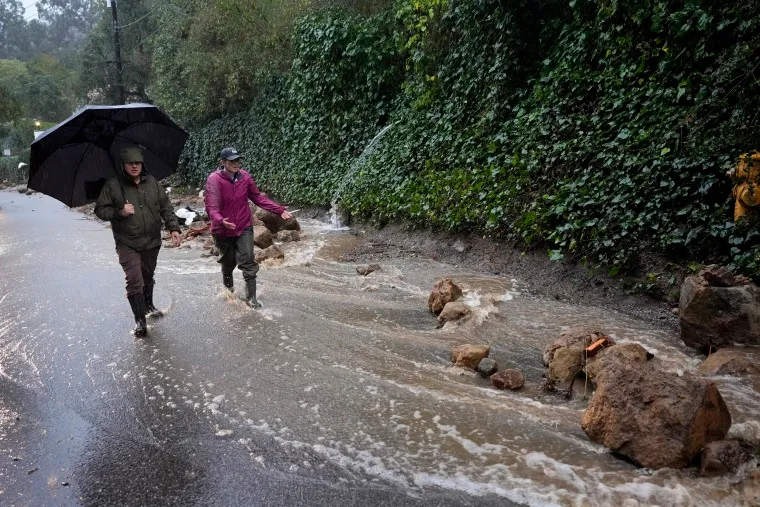The relentless rise in temperatures on land and sea has left scientists scrambling to understand whether this anomaly is a reflection of predicted global heating patterns or a worrying acceleration of climate breakdown. Despite a weakening El Niño, sea surface temperatures have remained persistently high, a phenomenon that has left many perplexed and worried.
El Niño, a naturally occurring climate pattern associated with the warming of the Pacific Ocean, peaked earlier this month, and the World Meteorological Organization (WMO) announced an 80% chance of it fading completely between April and June. However, its knock-on effects will continue. WMO secretary general Celeste Saulo emphasized that while El Niño contributed to making 2023 the warmest year on record, the main culprit was emissions from fossil fuels.
The January 2024 sea surface temperature was the highest on record for January, a concern that cannot be explained by El Niño alone. February sea surface temperatures also broke records, surpassing the mark set last August, according to Europe’s Copernicus satellite monitoring programme. The global heat above the land and sea was remarkable, with temperatures between 8 and 11 February exceeding 2C above the 1850-1900 average.
Carlo Buontempo, the director of the Copernicus Climate Change Service, warned that the world can expect new global temperature records and their consequences unless greenhouse gas emissions are stabilized. Heat records are becoming the norm, but the extent of the anomaly above the seas has prompted concern.

Brazilian climatologist Carlos Nobre emphasized that no climate model accurately predicted the extent of the sea surface temperature anomaly during the past 12 months. Given the continued heat over the sea, he predicted 2024 would likely be another unusually hot year for the world as a whole. The anomaly is strongest in the North Atlantic, where Brian McNoldy, a climatologist at the University of Miami, calculated the deviation from statistical averages as a one-in-284,000-year event, describing the trends as “deeply troubling.”
Zeke Hausfather, a scientist at Berkeley Earth in the US, maintained that global sea and surface temperatures were “quite high” but still within the projections of climate models, stressing that there is no strong evidence yet to suggest the world is warming faster than anticipated given human emissions.
The impacts on corals and other marine life are incalculable. Australia’s Great Barrier Reef is suffering its fifth mass bleaching event in eight years, and meteorologists warn that high surface temperatures may also presage a longer and more active hurricane season. Climate professor Raúl Cordero emphasized that the growing possibility of a cooling La Niña between June and August could bring temporary respite from the global heat, but this would only be temporary. He warned that all recent temperature records will likely be broken sooner rather than later, and the situation will continue to deteriorate until the burning of fossil fuels is halted.

